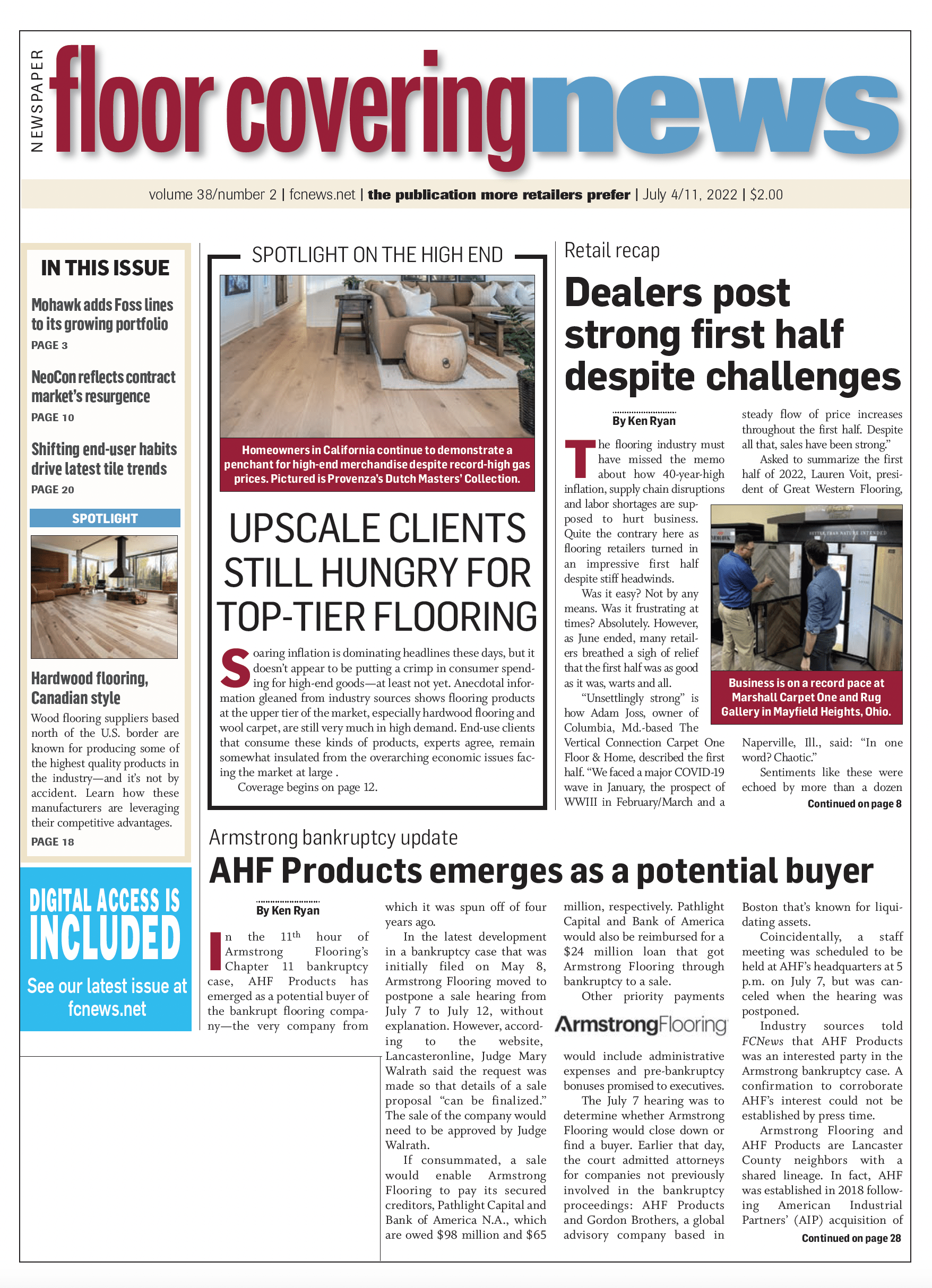 We all know about the well-documented challenges business owners face when making hiring decisions in today’s environment—especially when it comes to finding “skilled” or “specialized” labor. The situation has become even more complicated in an era marked by a pandemic-induced reshuffling of the employment deck as workers re-order their priorities when it comes to work/life balance and overall job fulfillment.
We all know about the well-documented challenges business owners face when making hiring decisions in today’s environment—especially when it comes to finding “skilled” or “specialized” labor. The situation has become even more complicated in an era marked by a pandemic-induced reshuffling of the employment deck as workers re-order their priorities when it comes to work/life balance and overall job fulfillment.
Against this backdrop, it might be tempting for some owners or managers to pull the trigger too soon on a new hire. However, before you make a costly mistake in hiring the wrong person, it is imperative that you make sure you’re laying the groundwork for success. That means taking the time to outline your corporate identity in addition to establishing the requisite qualifications that make someone the “right” candidate for your organization.
There are three fundamental elements that should be identified as part of that preparation: company culture, creating a job description and employee value proposition. Everyone involved in the interview process should consider these key points as the basis for the search for a new hire.
Company culture
Define your company culture to ensure that the new hire will fit. (Don’t confuse personal similarities with cultural fit; cultural fit means employees’ beliefs and behaviors are in alignment with their employer’s core values and culture.)
Some considerations:
- Industry research indicates the top predictor of overall employee satisfaction is based upon an organization’s culture and values.
- Research also indicates that people who fit well into an organization often express greater job satisfaction, employee engagement and productivity.
- Cultural fit can also play a role in employee retention. Remember: The cost of replacing an employee can be one-half to two times their annual salary.
Job description
Industry surveys indicate that 36% of job seekers who use job sites search for a job using the title of the job they are looking for. Therefore, be sure to provide a complete job summary that lists the responsibilities, duties, qualifications, skills and benefits associated.
In summary:
- Highlight the day-to-day activities for the position.
- Specify how the position fits into the organization.
- Provide a list of hard skills required such as education, previous experience, technical skills and relevant certifications.
- Include a list of soft skills such as communication, problem solving and personality traits.
- List your top perks and benefits. According to Indeed, most job seekers (83%) agree that a company’s benefits and perks have a significant impact on their decision of whether or not to accept a job offer.
Once you have set the foundation for your search, you are ready to take the next steps in the hiring process. The next article in this series will focus on an employee’s value proposition as well as what candidates are looking for in today’s job market.
Laurie Baatz is a senior recruiter at The McSweeney Group, where she specializes in sourcing candidates for commercial flooring businesses across the country.

